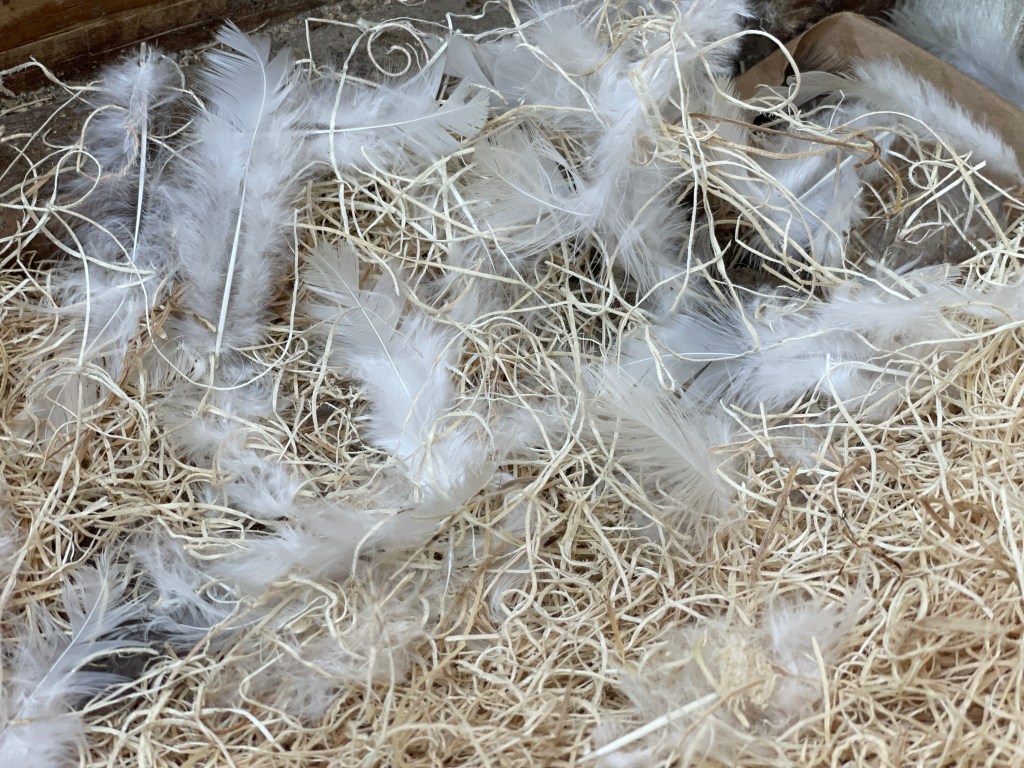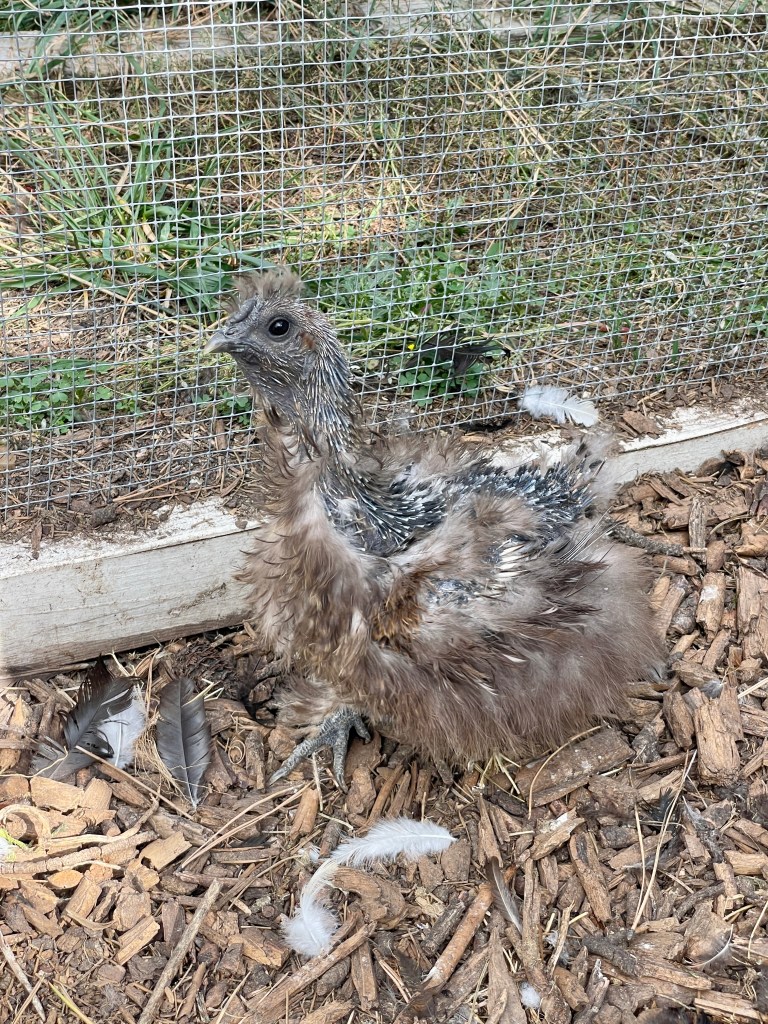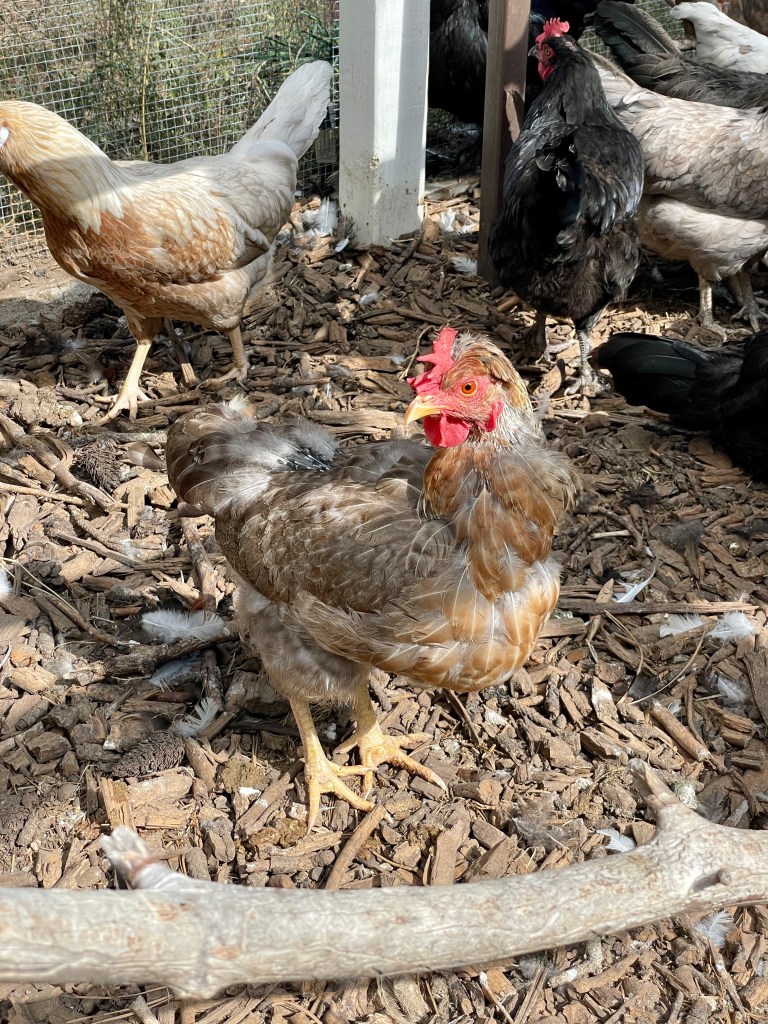Imagine you’re strutting your stuff down the poultry runway, sporting your most fabulous feathers, and suddenly, they start falling out! This scenario isn’t just a chicken’s worst fashion nightmare; it’s a natural process known as molting. We’re going to dive into the world of chicken molting, discover why it happens, and learn how to help your feathered friends regain their beautiful plumage.
Feather Frustration: Why Do Chickens Molt?

Molting is like a seasonal makeover for chickens, and just like the leaves falling off trees in autumn, it’s all about rejuvenation. Here’s why those feathers need to hit the hay:
- Wear and Tear: Chickens wear their feathers like a badge of honor. Over time, feathers become damaged and lose their luster. Molting allows them to shed the old, worn-out feathers and replace them with fresh, fabulous ones.
- Seasonal Changes: Chickens molt in response to changes in daylight and temperature. The shorter days and cooler weather of fall trigger the molting process, helping chickens prepare for the winter ahead.
- Energy Conservation: Growing new feathers is no small feat; it requires a lot of energy. By molting when food is plentiful in late summer and early fall, chickens can invest their energy in feather regrowth without compromising their overall health.
- Feather Mites and Lice: Sometimes, molting can be a response to an infestation of feather mites or lice. Chickens shed their feathers to get rid of these pesky hitchhikers and grow new, parasite-free plumage.
How to Help Molting Chickens
Now that we know why chickens molt, let’s explore some ways to help them through this feathered frenzy:

- Warm, Dry Shelter: Providing your chickens with a cozy, warm coop is essential during molt. Make sure they have a draft-free space to rest and stay warm and dry.
- Pamper with Protein: Chickens need extra protein during molt to grow strong, healthy feathers. Treat them to some mealworms, black soldier fly larvae, or scrambled eggs. Another great option is to add black sunflower seeds to their feed as they are high in protein and vitamins.

- Flock Support Group: Chickens are social creatures, and molting can be a tough time emotionally. Make sure they have plenty of companionship and keep an eye out for bullying in the coop.
- Fluff and Feather Bedding: Soft, cozy bedding in the coop helps reduce stress on the skin and keeps your molting chickens comfortable. Hemp or pine shaving bedding works well.
- Feather-Boosting Supplements: Consider adding supplements like poultry vitamins or omega-3 fatty acids to their diet to support feather regrowth.
- Avoid unnecessary irritation: Growing new feathers can be painful so try not to handle molting chickens too much and make sure their flockmates aren’t picking on them.
Molting may leave your chickens looking a bit disheveled, but it’s all part of their natural feathered journey. With a little TLC and a few fun strategies, you can help your molting chickens feel fabulous during this transitional period. Before you know it, they’ll be flaunting their beautiful new feathers with pride. So, embrace the molting season, and remember, all chickens need a little extra love from time to time!


